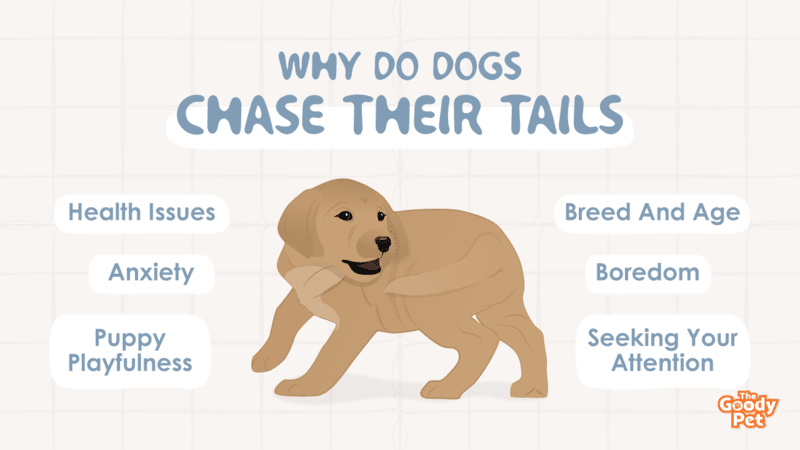Seeing your dog spinning in circles while chasing their tail can be a great source of entertainment and laughter, but have you ever asked yourself why dogs do it?
Most dogs chase their tails due to boredom. Chasing their tail is their way of giving themselves some mental stimulation and releasing pent up energy. Dogs also chase their tails due to parasite infestations or as a way of coping with anxiety, but these are not the only reasons. Below, let’s check out surprising facts about why dogs chase their tails.
8. Boredom

In most cases, tail chasing behavior in dogs usually occurs simply because your dog is bored. This is especially common to dogs who do not get a lot of exercise and mental stimulation. Chasing their tail provides them with a fun way to release any pent up energy.
If you suspect that your fido is chasing their tail due to boredom, all you need to do is to ensure that they get more exercise every day.
7. Anxiety
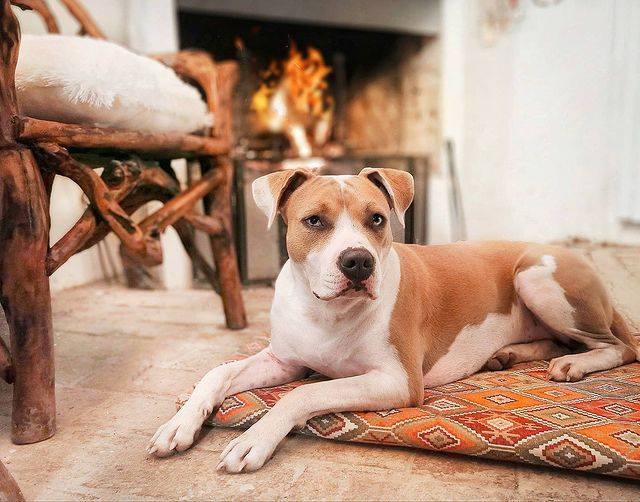
Your dog’s tail chasing behavior could also be caused by anxiety. Anxiety in dogs could be caused by something like being left alone for too long, aggression from another dog, or experiencing something frightening.
In such instances, your pooch could resort to repetitive behaviors such as tail chasing in a bid to relieve their stress and anxiety. If you suspect that your doggie is stressed or anxious, consult a vet for advice on how to deal with the situation.
6. Injury To The Tail

If your canine buddy has an injured tail, they’ll sometimes chase their tail in an attempt to bite the tail and hopefully relieve some of the pain. Injuries to the tail can be caused by things such as fights with other dogs, or having their tail slammed in a door.
If you suspect that your fido is chasing their tail due to injury, you need to have them checked out by a vet.
5. Health Issues
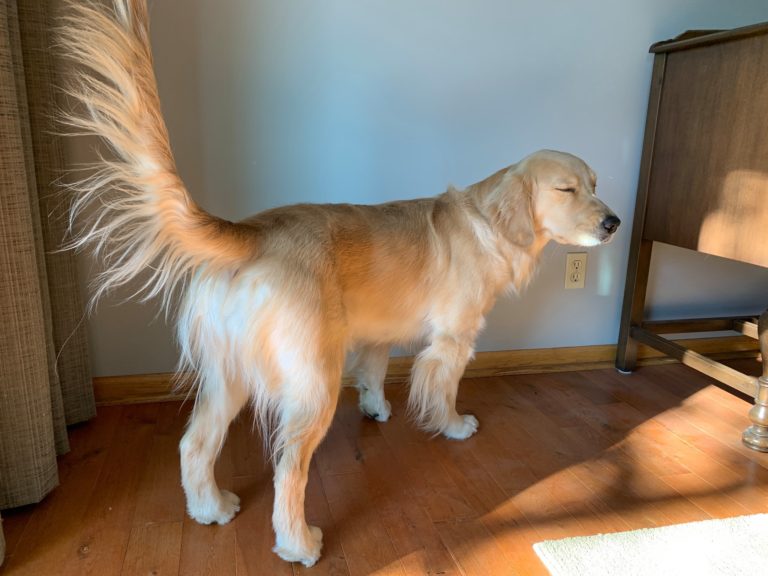
Obsessive tail chasing could also be a sign that your dog is suffering from an underlying medical condition. Conditions like spinal abnormalities, various infections, seizures and cancer can cause your dog to chase their tail.
If your pooch is chasing their tail obsessively, take them to the vet for the problem to be diagnosed. The vet will prescribe appropriate medications to stop the behavior depending on what they find to be the underlying condition.
4. Seeking Your Attention
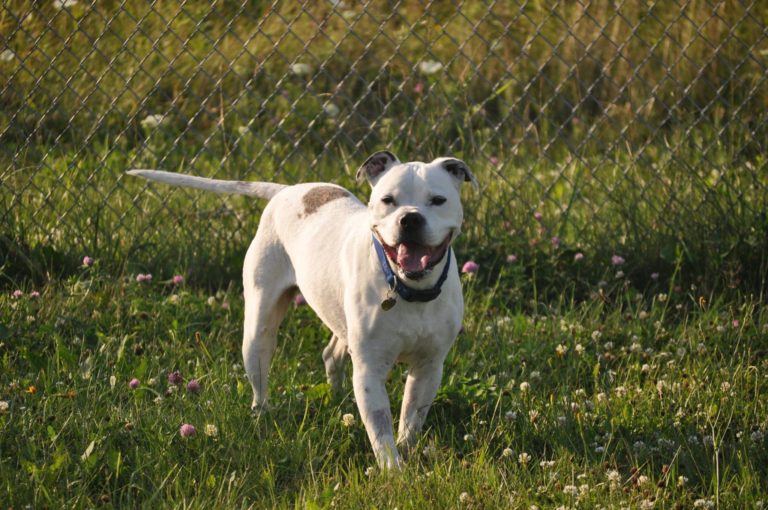
Your dog will sometimes chase their tail with the aim of capturing your attention. When they see their dog excitedly chasing their tail, most people will respond in some way. With time, your dog learns that tail chasing behavior elicits a reaction from you.
As a result, whenever they feel like you’ve ignored them for so long, some dogs will resort to this behavior in a bid to get you to give them some attention.
3. Parasite Infestation

If your dog’s tail is infested with parasites, such as fleas and ticks, they will experience some itching around their tail. This can lead to tail chasing behavior as your dog tries to bite their tail and provide relief for the itch.
Fortunately, if you suspect that your dog is infested with ticks or fleas, a simple visual observation will tell you whether you’re actually dealing with these parasites.
2. Breed And Age

Some dog breeds are genetically predisposed to obsessive compulsive behaviors, such as chasing their tails. For instance, Terriers and German Shepherds are more likely to chase their tails compared to other breeds, even among adult dogs.
In addition, some dogs also tend to develop the tail chasing habit as they get older. This is usually caused by the onset of various medical or physiological conditions caused by old age.
1. Puppy Playfulness
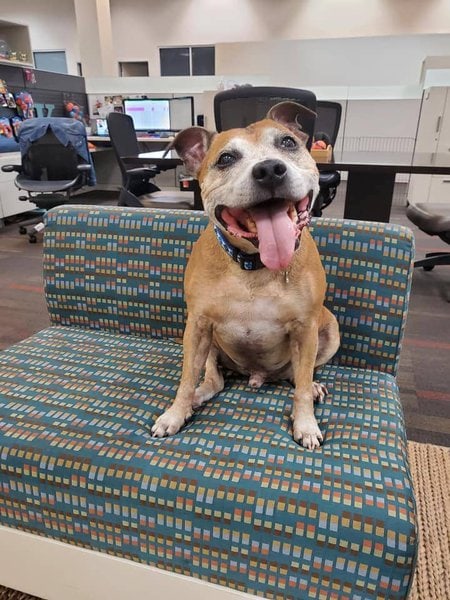
Small puppies in the process of discovering new things about their bodies and learning what their bodies can do often chase their tails as a form of play. Such puppies sometimes see their tail as a toy, rather than a part of their body, and will excitedly chase it.
If your dog is chasing their tail due to puppy playfulness, you can expect the behavior to die down as your pup grows older.
Related Questions
How Can I Get My Dog To Stop Chasing His Tail? You can stop a dog from chasing its tail by providing some distraction, such as a toy or a snack whenever you see them chasing their tail. Commands like “sit” are also effective for stopping a dog from chasing their tail. If the behavior continues for an extended period of time, have your dog checked by the vet.
Why Is My Dog Walking With Her Tail Sideways? Your dog walking with their tail held sideways is a sign that their anal sacs need to be expressed. Dogs hold their tail sideways to avoid pressing on the infected anal sacs with their tail. A tail held sideways could also be a sign of a tail injury, or a sign that a female dog is in season.
What Does A Broken Dog Tail Look Like? You can tell that your dog has a broken tail if they are holding their tail in an unnatural position, if they have a noticeable change in gait, or if you can see any swelling on the tail. Dogs with a broken tail will also not be able to wag their tail normally.

